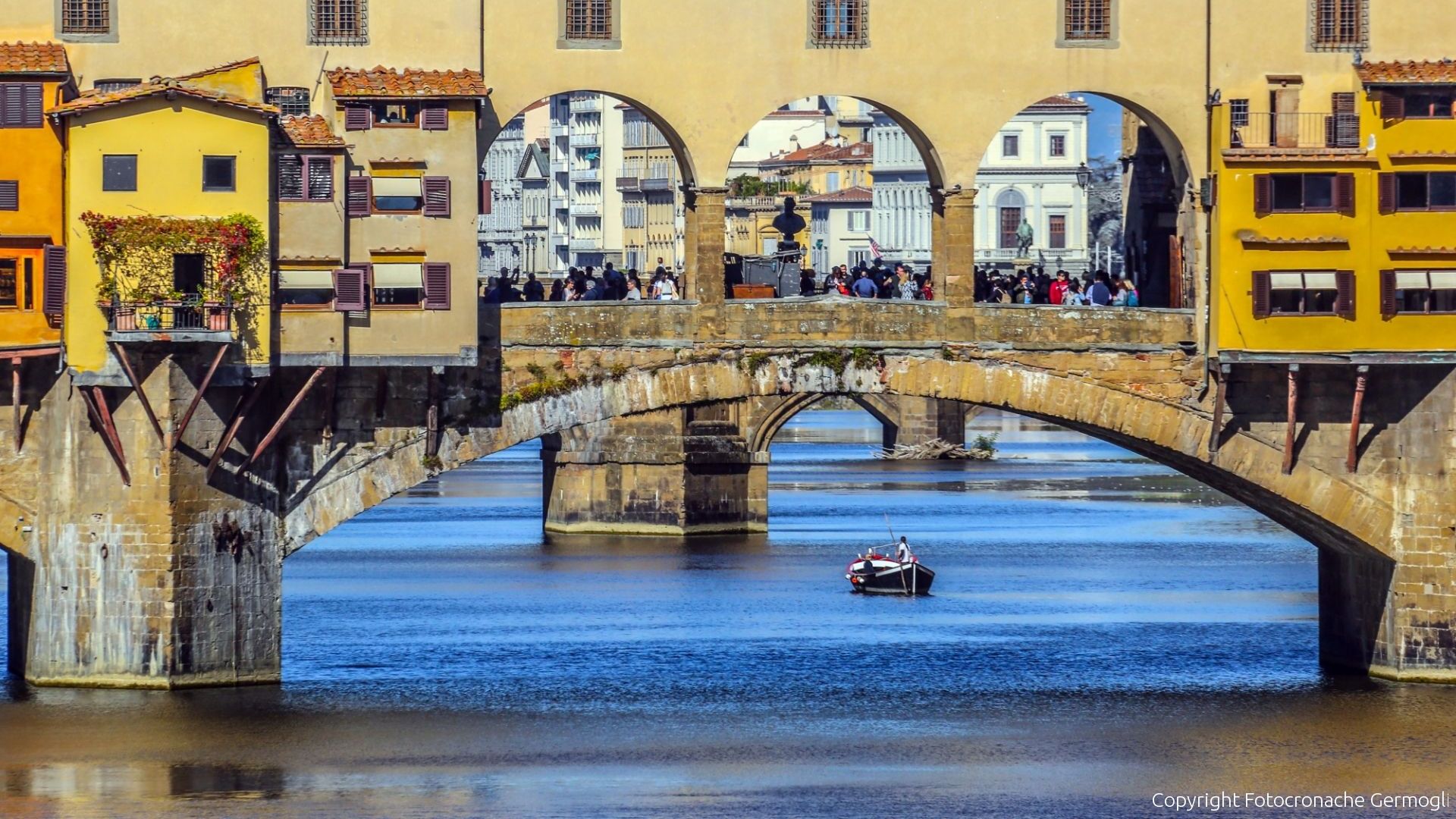UNESCO WORLD HERITAGE SITES IN TUSCANY
Tuscany holds a world record: it’s the region with the densest concentration of UNESCO Heritage Sites in the world. There are seven of them, a unique concentration of beauty and art!
Tuscany has to be experienced and explored first-hand, and most of all shared. Even if you hear about other people's experiences, Tuscany is something you have to see with your own eyes. And you’ll see that it is an important part of the world's heritage that we all must preserve and protect.
Since 1982, UNESCO (the United Nations Educational, Scientific and Cultural Organization) has added 7 places in Tuscany to the list of the World Heritage Sites Program.
It’s not easy to be listed by UNESCO because “sites must be of outstanding universal value” and “the protection, management, authenticity and integrity of properties are also important considerations.” – says UNESCO criteria page.
Here’s when and why the 7 Sites were chosen.
In 1982 the entire historical centre of Firenze was the first Tuscan site to be included from UNESCO. The centre of Firenze is a treasure chest of works of art and architecture of some of the greatest artists in history. Piazza Duomo and Piazza Signoria, not to mention Ponte Vecchio, all the churches, ancient palaces and museums. And the small lanes as well, where you still can breathe the Middle Ages atmosphere.
1987, Pisa’s Piazza del Duomo, or better known as Piazza dei Miracoli was the second site to be declared Heritage Site. The square is the heart of Pisa with the famous Leaning Tower as well as the beautiful Cathedral, the Baptistery and the Monumental Cemetery. A must-see, during day or night, to admire the white marble shining with light or dark.
The historical centre of San Gimignano was added to the program in 1990. This little charming town is a medieval jewel, wandering around its streets and looking up at its 15 towers is like entering a time machine.
In 1995 the whole historical centre of Siena was listed by UNESCO. Siena boasts an urban and artistic structure which can be considered one of the most beautiful expressions of Italian gothic and medieval architecture, culminating in the Piazza del Campo, its shell shaped square, the center of the city, and the Cathedral, where some of the most important masterpieces of Tuscan artists’ are preserved.
The following year (1996) it was Pienza’s turn, the town represents the first application of humanist urban planning concepts. Therefore the entire village is considered to be the ideal Renaissance town.
In 2004 the first rural area was honored with the UNESCO award: it is the Valdorcia. The valley, set in Siena province, with its curvy hills, fortified settlements, cypresses trees and magnificent vineyards has become the iconic image of Tuscany.
Finally, in 2013, 12 Medici villas together with 2 pleasures gardens were included in the UNESCO World Heritage Sites. The Medici Villas were rural buildings, farmhouses and hunting lodges which represent an outstanding expression of the Renaissance and Baroque periods. The 2 Gardens are Boboli Gardens and Pratolino Park-Villa Demidoff, both commissioned by the Medici family.
Photo 055firenze.it


 English
English Italiano
Italiano Deutsch
Deutsch Français
Français